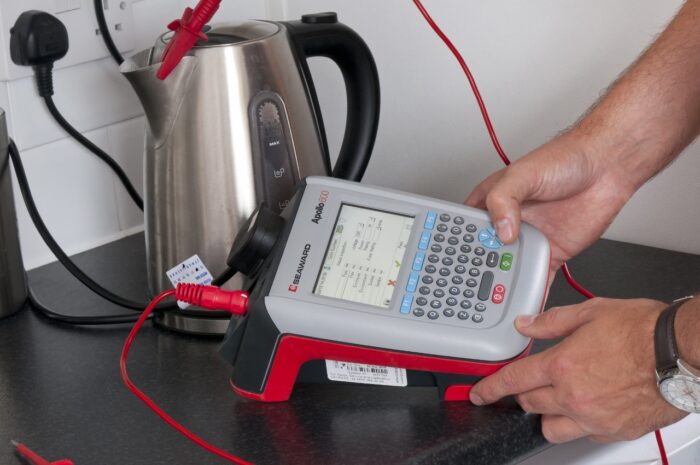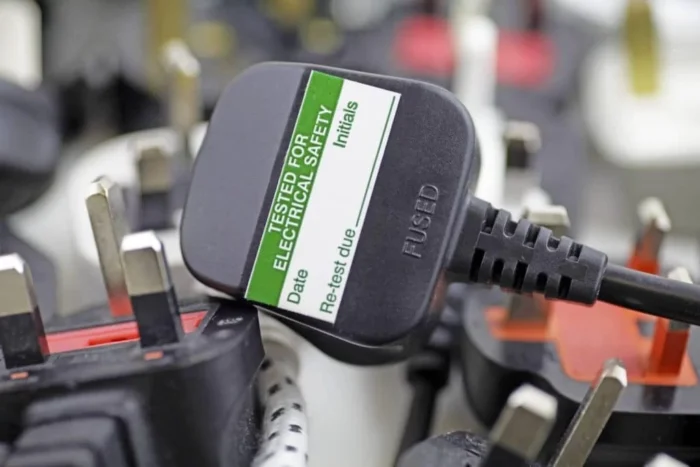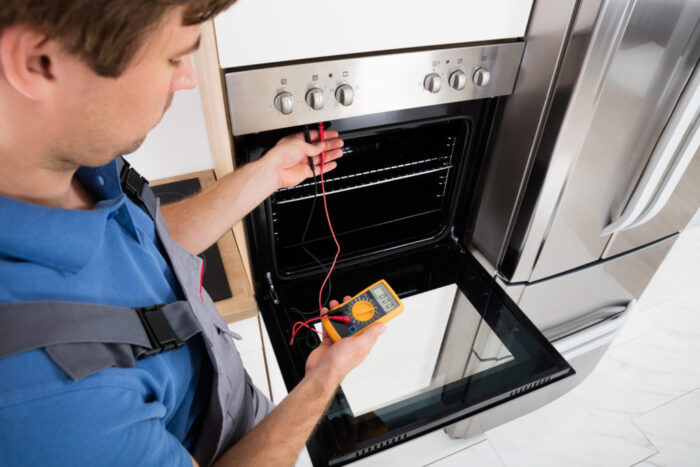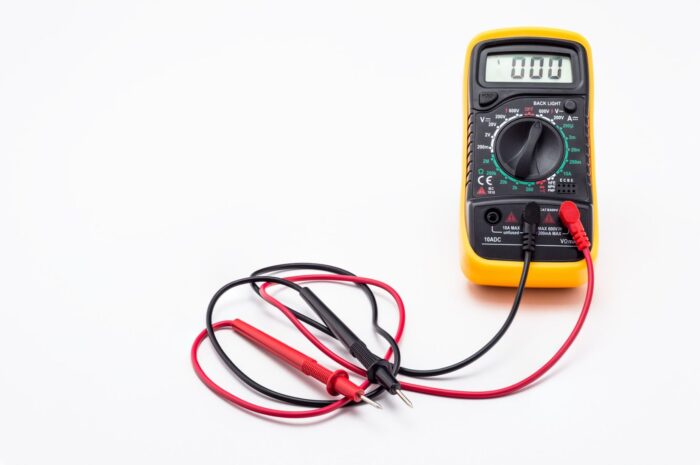
In today’s fast-paced world, we rely heavily on electrical appliances in our daily lives, and it’s important to ensure their safety. PAT testing, or Portable Appliance Testing, is a vital process to ensure the safety of electrical appliances. It is important to stay compliant with legal requirements for PAT testing to avoid any accidents or injuries caused by faulty appliances. This article will provide an overview of PAT testing legal requirements in 2024.
What is PAT Testing?

Portable Appliance Testing, commonly known as PAT testing, is a process of testing electrical appliances to ensure that they are safe to use. PAT testing is a vital aspect of maintaining electrical safety in workplaces and homes. The process involves a visual inspection of the appliance to check for any damage or wear and tear, followed by a series of tests using specialized equipment to ensure that the appliance is safe to use.
PAT testing is essential to identify any potential faults or defects in an appliance that could cause harm to the user. It helps to prevent accidents and injuries caused by electrical appliances by ensuring that they are functioning safely and effectively.
PAT testing is a legal requirement for all workplaces and landlords. The regulations and standards that apply to PAT testing include the Health and Safety at Work Act 1974, the Electricity at Work Regulations 1989, and the Provision and Use of Work Equipment Regulations 1998. Employers and landlords are required to ensure that their electrical appliances are safe to use, and they must conduct regular examinations to comply with the law.
The frequency varies depending on the type of appliance, its usage, and the environment it is used in. However, the minimum interval between PAT tests is one year. Some appliances, such as power tools, require more frequent ones, such as every three months.
Choosing a PAT Testing Service

Choosing the right PAT testing service is crucial to ensure that your appliances are safe to use. When selecting a PAT testing service, it is important to consider factors such as experience, qualifications, and reputation. It is also important to ask potential providers questions to ensure that they are qualified and experienced.
Legal Requirements for PAT Testing
PAT testing is a legal requirement for all workplaces and landlords to ensure the safety of electrical appliances. The legal requirements are specified in various regulations and standards. The Health and Safety at Work Act 1974 is the primary legislation governing workplace safety in the UK, and it requires employers to ensure the health and safety of their employees while at work. The Electricity at Work Regulations 1989 also require that all electrical systems and equipment used in workplaces must be maintained in a safe condition.
The Provision and Use of Work Equipment Regulations 1998 (PUWER) apply to all workplaces where equipment is used, and it requires employers to ensure that equipment is maintained and tested regularly to prevent any risk of injury to employees.
PAT testing is a legal requirement under PUWER, which states that “Every employer shall ensure that work equipment is so constructed or adapted as to be suitable for the purpose for which it is used or provided and is safe for use and that it is properly maintained.”
Landlords are also required to comply with legal requirements under the Electrical Safety Standards in the Private Rented Sector (England) Regulations 2020, which came into force in June 2020. These regulations require landlords to ensure that electrical installations and appliances are safe and have been inspected and tested by a qualified person at least every five years, or more frequently if specified in the report.
Frequency of PAT Testing

The frequency depends on the type of appliance, its usage, and the environment it is used in. The recommended frequency varies between appliances, but generally, the minimum interval between PAT tests is one year. However, some appliances may require more frequent examination, such as power tools, which need to be tested every three months. It is important to note that the frequency should be based on a risk assessment of the appliance’s usage and environment.
What Happens During a PAT Test?
During a PAT (Portable Appliance Testing) test, a qualified technician will carry out a series of checks to ensure that the electrical appliance is safe to use. The test comprises two main parts: a visual inspection and a series of electrical tests.
Firstly, the technician will carry out a visual inspection of the appliance to check for any signs of damage or wear and tear. They will check for any visible defects such as cracks, frayed cords, loose connections, and signs of overheating.
The technician will then use specialized equipment to conduct a series of electrical tests on the appliance. The tests will check the insulation of the appliance, the earth continuity, and the polarity of the plug. The technician will also check the appliance’s earthing, the resistance of the earth connection, and the leakage current.
The results of the tests will be recorded on this testing certificate or report, which will detail the appliance’s test results, including any defects found and any actions taken. The certificate will also include information about the next recommended test date and the frequency required based on the appliance type and usage.
Conclusion

In conclusion, Portable Appliance Testing (PAT testing) is a crucial aspect of maintaining electrical safety in workplaces and homes. It involves a visual inspection and a series of electrical tests to ensure that electrical appliances are safe to use. This testing is a legal requirement for all workplaces and landlords and is governed by various regulations and standards, including the Health and Safety at Work Act 1974 and the Electricity at Work Regulations 1989.
PAT testing helps prevent accidents and injuries caused by faulty electrical appliances, and it is essential to ensure the safety of employees, tenants, and homeowners. The frequency varies depending on the type of appliance, usage, and environment, but the minimum interval between tests is one year.
By complying with legal requirements, employers and landlords can demonstrate their commitment to providing a safe and healthy environment for their employees and tenants. It is crucial to conduct regular PAT testing to ensure the ongoing safety of electrical appliances, and failure to comply with legal requirements can result in legal action and penalties.
















